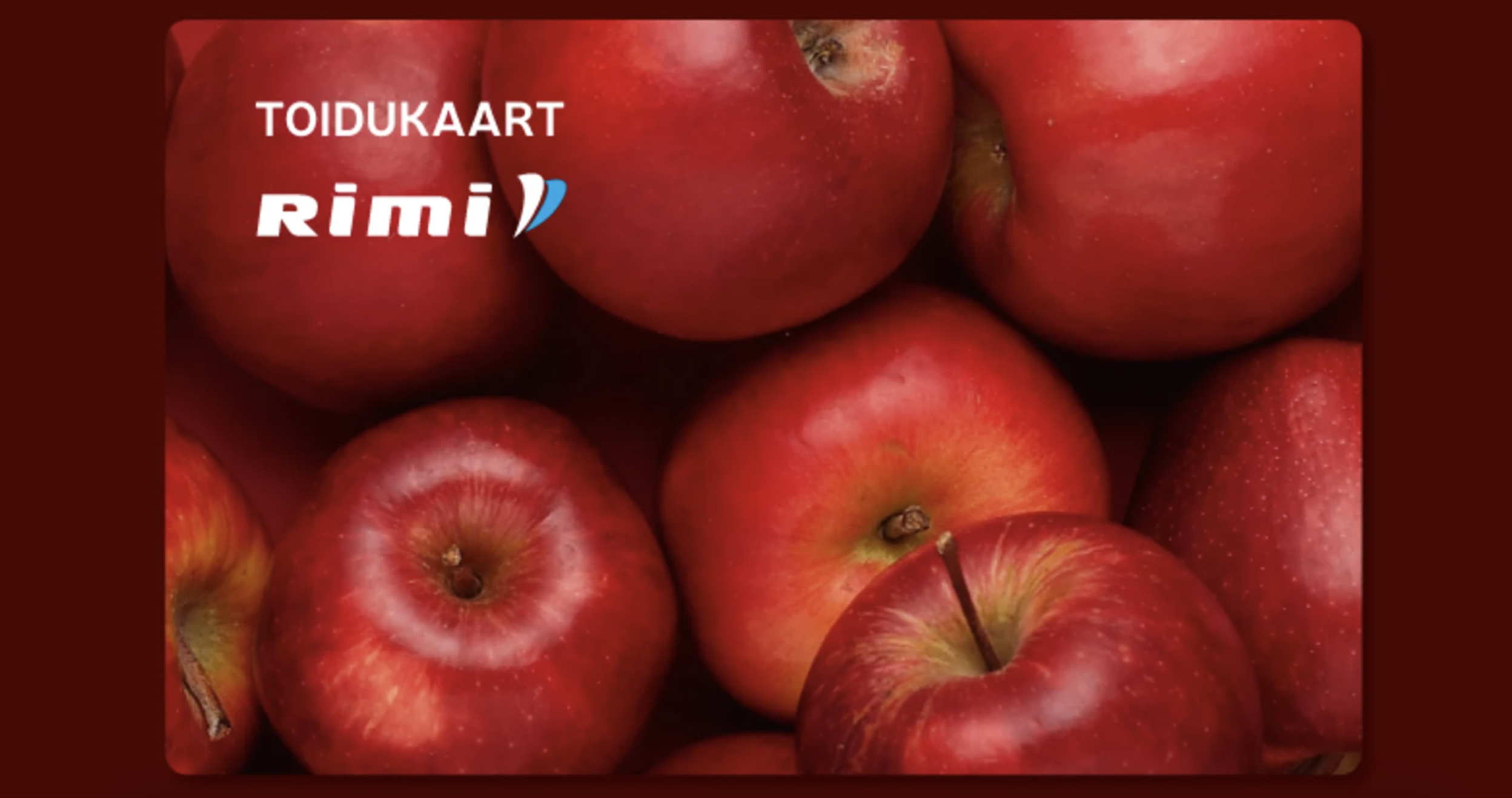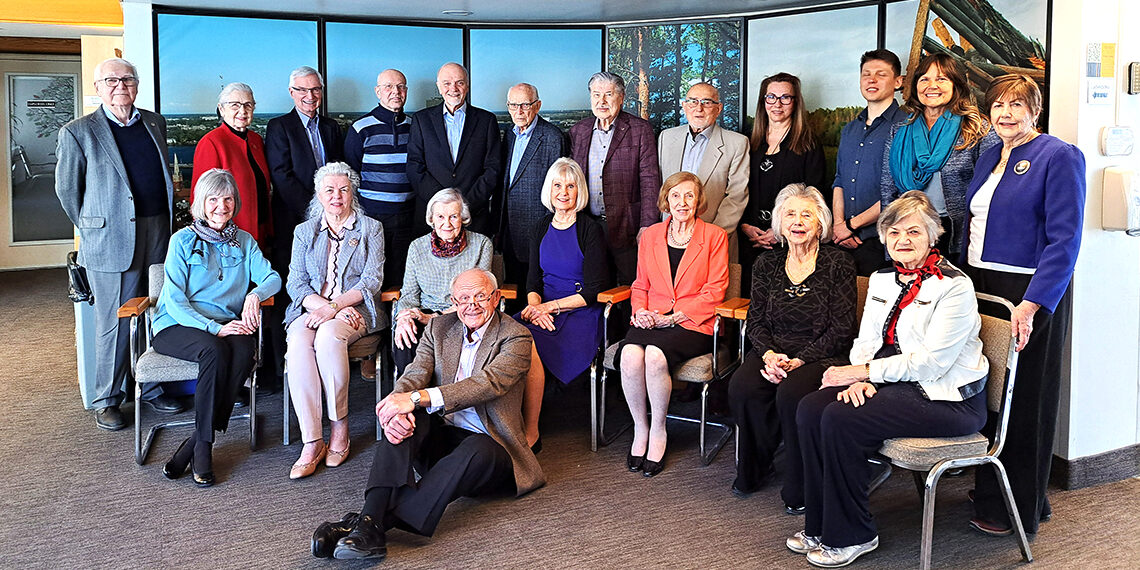Cards are distributed according to eligibility as outlined by the state and come preloaded with €30 per beneficiary. This gives individuals the freedom to purchase items of their choosing (with the only exceptions being alcohol, tobacco, and gift cards). Cards are reloaded quarterly throughout the year.
The initiative replaces the previous system of food-aid distribution, which primarily involved the delivery and pick-up of pre-prepared food parcels — a method costly to the environment and the state. With the cards eliminating the excess transportation of goods and their storage in warehouses, both administrative expenses and carbon emissions are reduced, according to the Observatory of Public Sector Information (OPSI).
The former Communications and Project Manager for Eesti Toidupank noted how the card greatly reduces the workload of foodbanks in the country: “We have more time left over for our so-called other core activities, which is saving food — and finding enough food to distribute to those in need,” she said.
Another issue with the previous method of food-aid distribution was the lack of diversity in the pre-packaged parcels. These came in set amounts and mainly included various dry goods, which didn't consider dietary restrictions and subsequent food waste.
“There were also instances where large families received so many food bags at once that they had to find ways to fit them into their often cramped living spaces,” according to a case study done by the European Social Fund. The report continues, claiming that “Transporting the food bags for all family members was also inconvenient, especially for those without the option of using a car, who had to bring their heavy food bags home using public transportation. Standing in line to receive a food package was not pleasant in the summer heat or winter snow.”
OPSI wrote that the card solves these issues by “giving individuals the freedom and dignity to choose what food and necessities to buy, and from where.”
Individuals unable to physically shop in-person can purchase goods online or through an intermediary.
“8.7 million Canadians, including 2.1 million children, in the ten provinces lived in food-insecure households in 2023.”
“A year's-worth of experience and statistics reveal that user purchases are carefully thought out,” according to a member of the Estonian Ministry of Social Affairs, Tea Varrak, in an article from ERR. “Primarily, these are fruits and vegetables, fresh meat, and dairy products, which are being bought,” she added.
“Over 85,000 purchases were made in 2023 using these food cards, to a total of €1.3 million,” according to ERR.
Canada can learn from Estonia's success.
Drawing on the latest data from Statistics Canada's Canadian Income Survey, Researchers at PROOF — an interdisciplinary research program on food insecurity at the University of Toronto — have demonstrated that “8.7 million Canadians, including 2.1 million children, in the ten provinces lived in food-insecure households in 2023.”
Canada has not developed policies “with the explicit objective of reducing the prevalence or severity of household food insecurity,” according to PROOF. While it does have a network of social programs that inadvertently mitigate these issues, they “are likely too small to offset the added burden of unprecedented rising costs of living, let alone address the income inadequacy underlying the persistently high rates of food insecurity” according to the same research.
While applying Estonia's success to the Canadian context may be difficult due to social, political, and economic differences, “the food card serves as a leading example of assisting society's most vulnerable members with dignity and urgency.”
Moreover, the Estonian Ministry of Social Affairs writes, “Lithuania is currently launching the food card system, and it is partially operational in Romania, Spain, and others. The individuals who created the food card system in Estonia are also providing training to interested colleagues across Europe.”
As food insecurity becomes a growing problem around the world, this solution is more important than ever.
This article was written by Natalie Jenkins as part of the Local Journalism Initiative.




